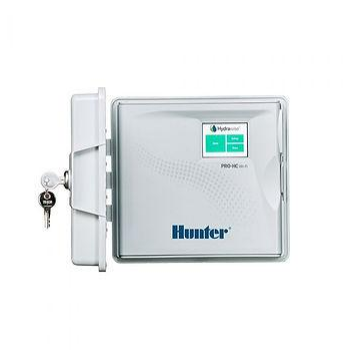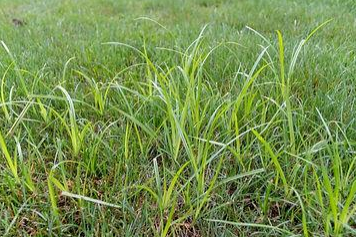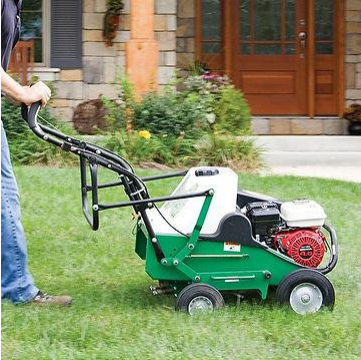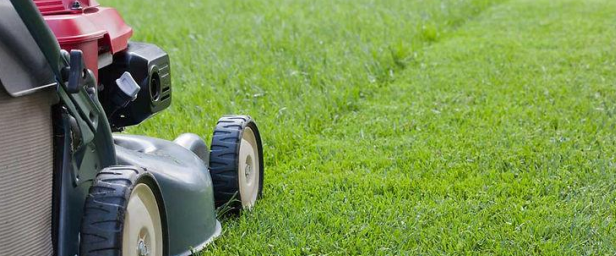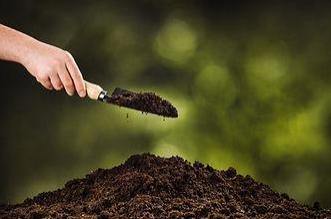WHY IS MY LAWN SO SLOW TO GREEN UP?
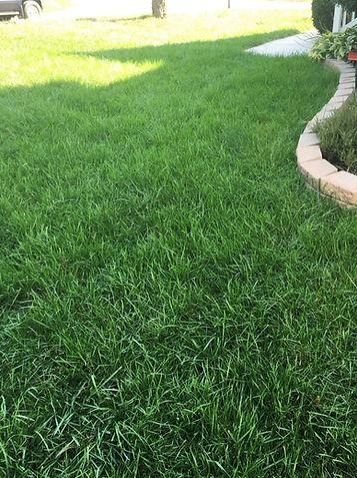
Chesterfield, VA. My neighbor’s grass is green, mine is still off color, what am I doing wrong? When we look at the reasons that lawns green up during the spring months, there are a few factors that directly impact the speed and vigor of turfgrass early in the season.
The first thing that we look at is did the lawn get the food necessary for spring growth in the fall. Believe it or not, the speed of green up in the spring is directly related to the plants having their carbohydrate stores filled for the winter. Over the winter months the plants can mature, harden off and grow roots because they are not pushing top leaf growth. The plants being fed before going into the winter months gives the plants the energy it needs to complete these cycles, and have enough carbohydrates stored to green up and begin growing vigorously as soon as weather begins to warm. Plants that have not been fed will be slower out of the gate due to the reserves being used over the winter. Without stores left to feed the spring growth, they won't receive nutrients until spring fertilizer applications - effectively working from behind throughout the year.
The second factor that we look at would be the variety of grass on the lawn. Grass stands with bluegrass normally stay a little greener over the winter months than a tall fescue blend. Bermuda grass is a warm season grass that will not completely green up until a month or two after mowing season starts with the cool season grasses(bluegrass, fescues). The variety will determine how soon the grass will naturally green up on its own, so if early green up color is important to you, making an effective seed choice during fall over seeding will be a top priority.
A third factor would be the moisture levels within the soil available to the plants in the lawn. Has spring rainfall been enough? Has it been a windy, dry winter? Any other environmental reasons that would change the availability of the necessary plant requirements for function?
The environmental factors surrounding your home are also something to consider. For example, does the back yard get full sun during the day, or is it partially shaded by trees; does the front yard that is slower to green up face north (less sun and heat through the day to warm the soil), or does it face southwest and gets all the advantages of the afternoon sun beaming down on it? Although seemingly small variables, they add up to make a difference on timing of green up based on soil temperatures.
The remaining factors would mainly be determined by a soil test. The first thing that would be looked at is the pH which can exponentially impact the availability of the nutrients in the soil to the grass plants. Getting soil pH to 6.5 is a top priority in order to maximize the fertilizer, and nutrients available in the soil so that the products are not wasted and remain readily available. Making sure that nutrient levels are within optimum parameters, and there are not any micro nutrients that are severely lacking that would hold back the potential of the lawn.
If you look at the list of parameters, each has their own place in affecting a delayed green up response in the spring months. Take your time to figure out which is the most likely source(s) of concern and work on the ones that you can change. Over time, you will move the lawn in the direction you are looking for and get the earlier spring green up color you desire.
About me
Sean Welch is the owner/operator of SuperTurf LLC where he helps homeowners in the area improve the quality of their lawns and irrigation setups to achieve the success they desire. He was a formerly a golf course superintendent with a degree in Landscape and Turfgrass Management from Virginia Tech.

